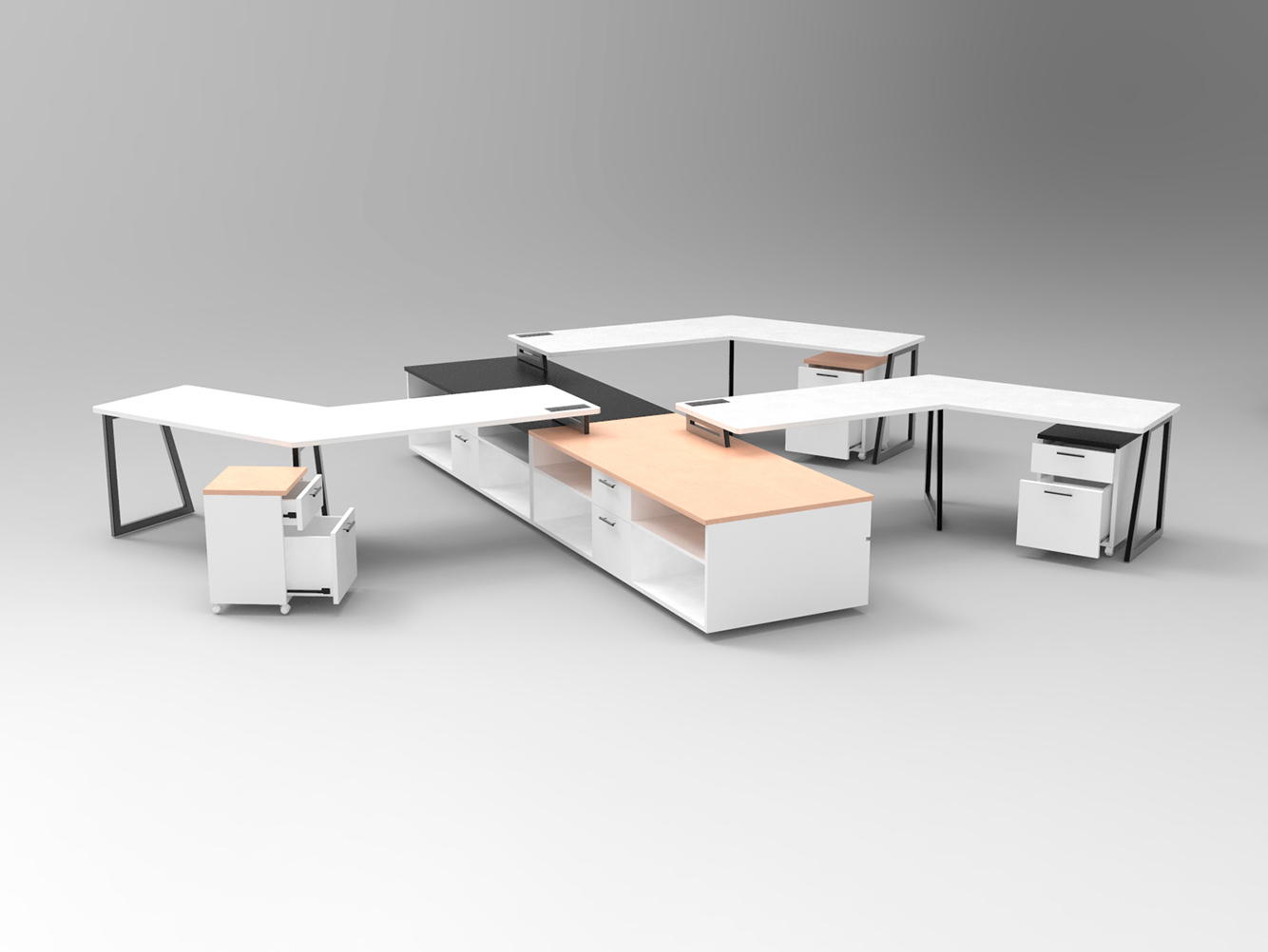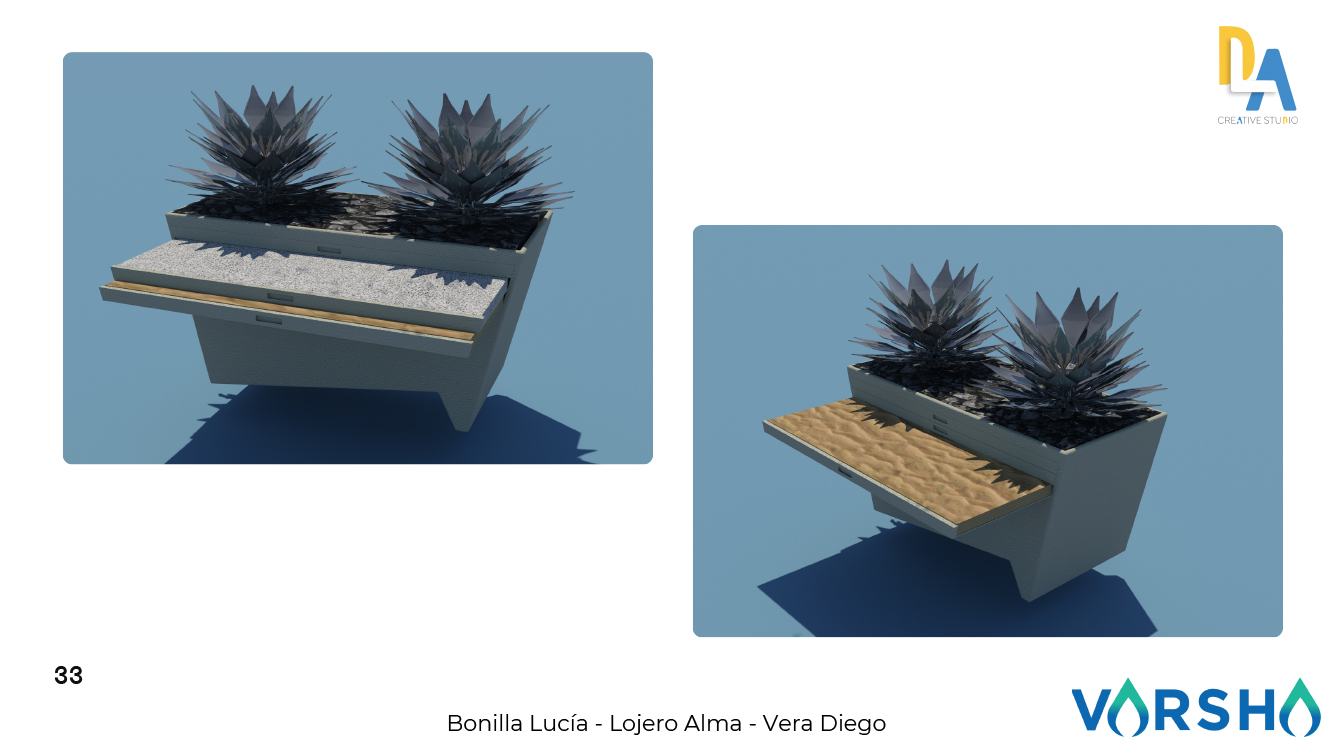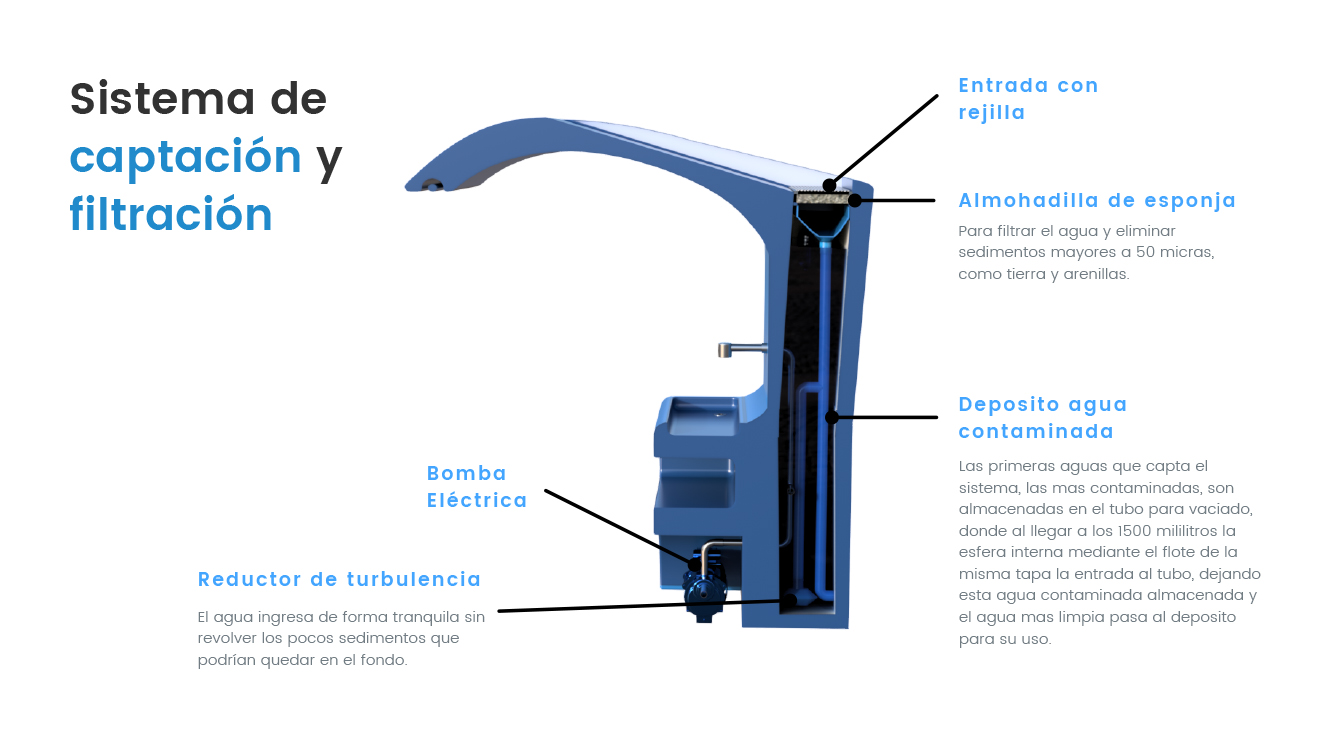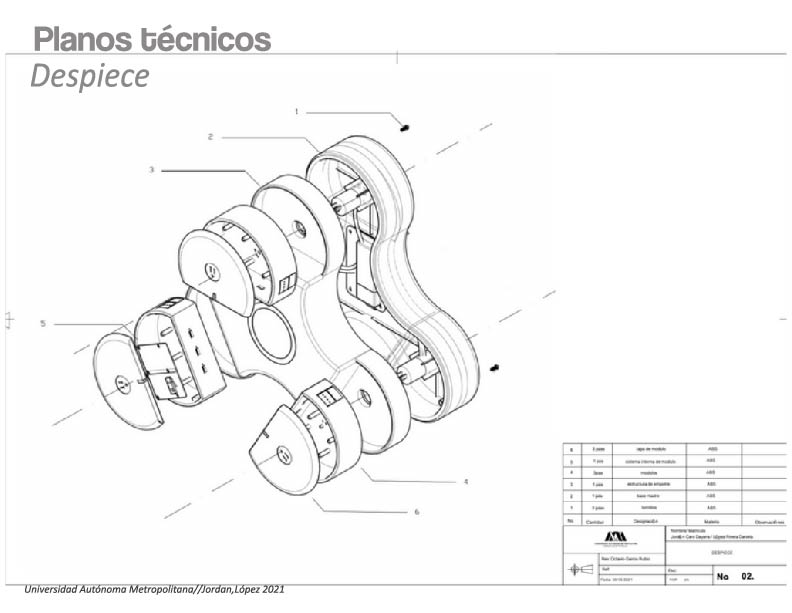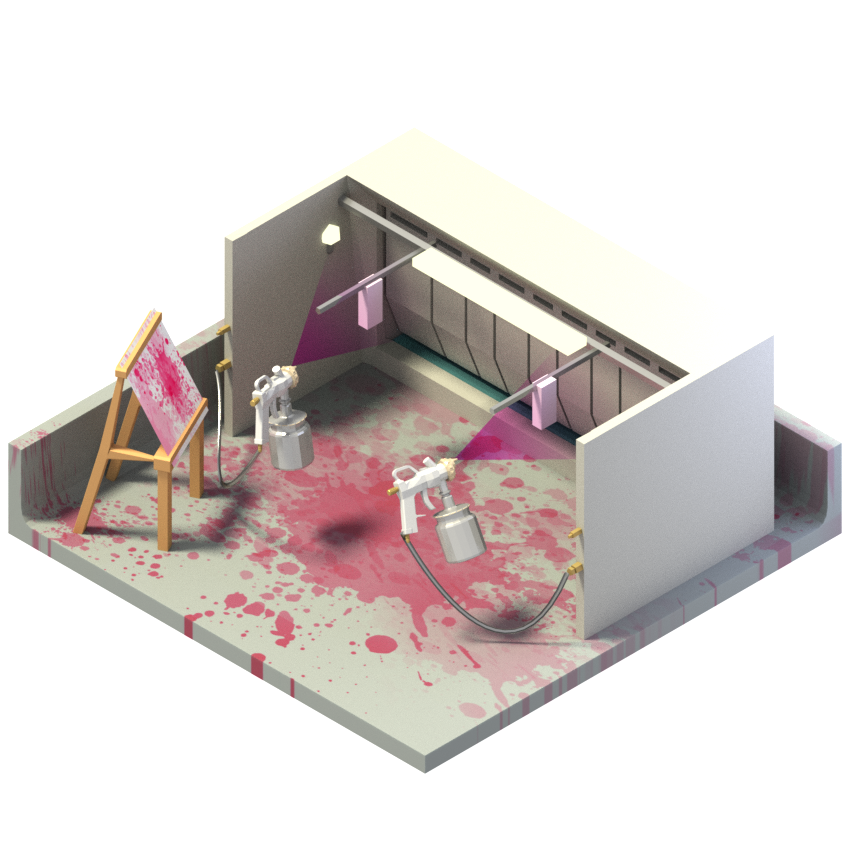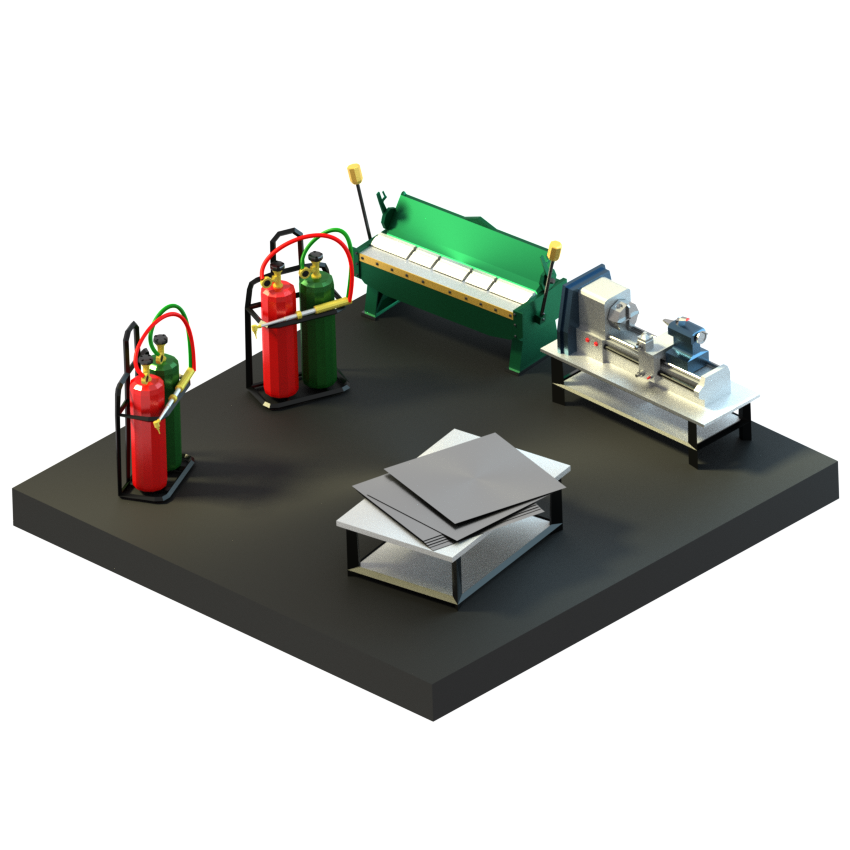Industrial
What is it?
The undergraduate degree in industrial design stimulates artistic, craft and trade practices applicable in different spaces and circumstances. This objective is met by an extensive curriculum that strives to enable the student to understand both the history of design and the social contexts that the production culture has gone through, understanding thus the current context and establishing future trends. We also want to invite students to get acquainted with the different existing production processes, as well as with the most widely used materials for creating objects and spaces. The expression courses help the students to develop their visual skills and the presentation of their ideas. All this is carried out following the central axis of the workshop, where students, supported by a solid methodology, use research, analysis, and conceptualization tools to develop their proposals for addressing the problems of environments that gradually increase their complexity.
Design is a discipline centered on identifying and solving indefinite communication problems* between clients and users. This is achieved through systematic processes that enable them to structure and pose the most pertinent decision and the most adequate arguments or premises for each circumstance. Our alumni contribute to the satisfaction of the needs of our social reality responsibly, creatively, with initiative and with a sustainable approach.
“Therefore we look for people who: Like art and culture, want to communicate ideas through drawing, models, painting, photography, films and any other visual medium through a collaborative work with people of their profession and other that can complement him."
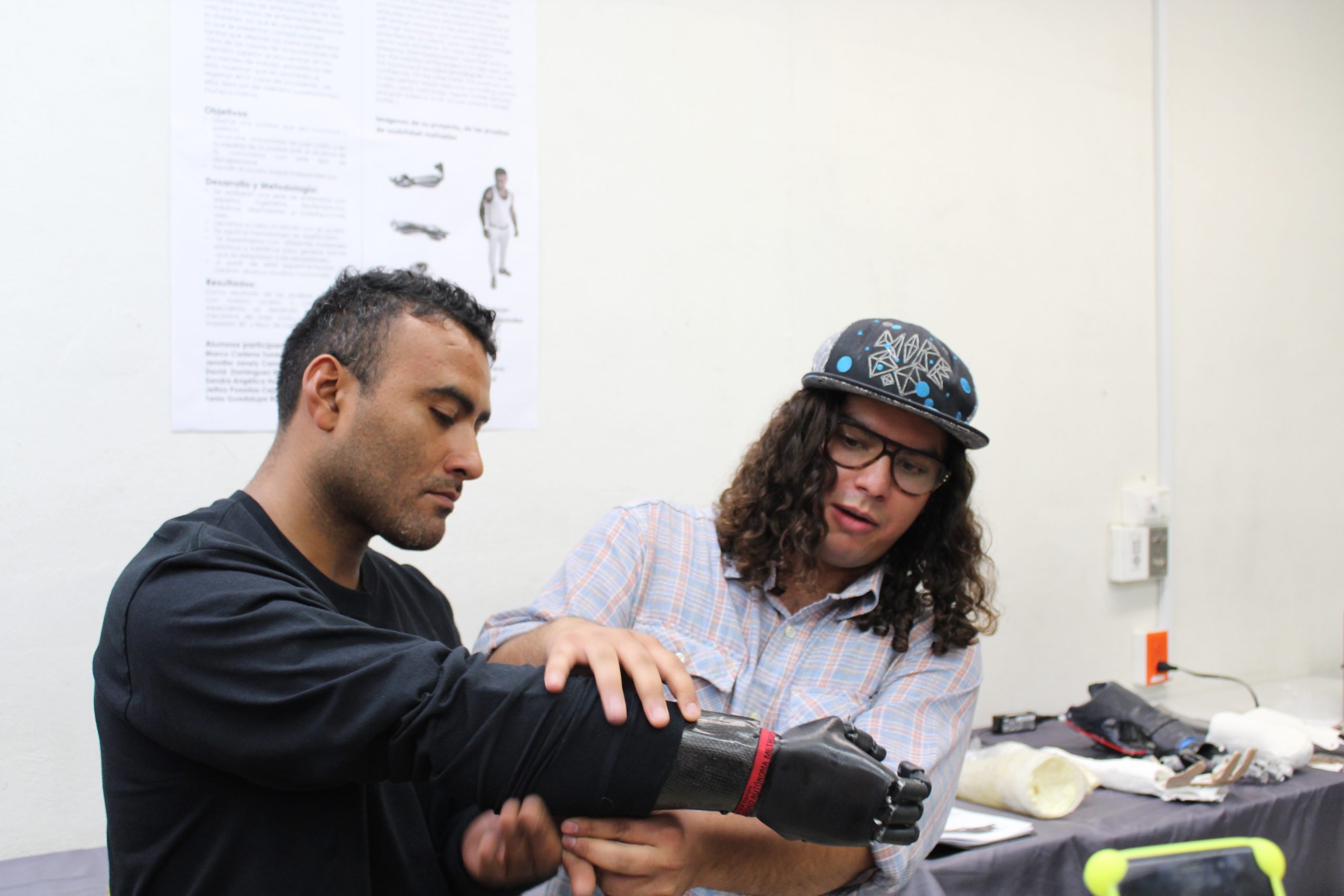
Thus, we look for:
Proactive persons that like art and culture; that are interested in communicating ideas through drawing, models, painting, photography, films, and any other visual media through collaborative work with people within the profession and others complementary.
The skills that we suggest being developed for the admission profile are the ability to express yourself both visually and verbally; the ability for handling materials and their production processes. You should have critical-thinking, analysis, and teamwork abilities, as well as skills for using technology, interest in electronics, curiosity about programming, and arithmetical and geometrical reasoning. You should be interested in improving the conditions of your context and carrying out high social impact proposals.
What distinguishes us?
The Universidad Autónoma Metropolitana was founded with the intention of addressing social problems and improving the conditions of the context. The Azcapotzalco campus is set in an industrial zone where it was necessary to form professionals that would address industrial demands and that would propose improvements to the social fabric of the zone. The Division of Sciences and Arts for Design (CyAD) emerges with the vision of being the fourth knowledge area that synthesizes science and humanities from an artistic dimension with a balance between thinking and doing. Think first, during, and after developing proposals. Multidisciplinary work among designers, communicators, filmmakers, engineers, theorists, and technicians gives us the opportunity to reflect on the design and its goals. We have a highly experienced and trained faculty and technical staff. We also have the necessary facilities and equipment for understanding production processes and their implementation.
As UAM Azcapotzalco alumni with an undergraduate degree in Industrial Design, you will be capable of practicing strategic and comprehensive thinking. You will have the knowledge to work with materials, tools, and technology, considering needs, wishes, and hopes, knowing that you work with and for other persons. You will have a series of tools that will help you research and analyze cases, and that will trigger your creativity when facing problems. You will have the ability to orchestrate solutions and establish systemic strategies that will ensure the addition of value in organizations and communities.
You will develop a high ethical, social and environmental conscience. You will use suitable design and communication codes (lexical, historical, cultural, and social) for those who you are designing for, even when they speak a language other than Spanish.
You will also develop responsibility and the capability to keep updated after you graduate. You will be able to work in private, public firms, or even your own company, in institutions, or social organizations.

Learn more about these projects and others by visiting our page: expo.cyad.online
How is Industrial Design learned?
What is currently known as Design Thinking is what we have always done and we continue to work based on it. The design workshop is the backbone of the program. In this workshop, projects centered on satisfying real needs of human beings are developed, striving for innovative solutions and processes, through collaborative and iterative work in order to reach socially, economically and environmentally viable solutions. Based on theoretical, methodological, historical and technical knowledge, we question, propose, experiment, demonstrate, complement and give results.
"Introduce the students to the general field of design so they can understand itsmain characteristics, conditioning and development possibilities, and distinguishthe programs offered by the Division from one another."
FIRST QUARTER |
SECOND QUARTER |
|
Theoretical Fundamentals of Design I |
Theoretical Fundamentals of Design II |
|
Culture and Design I |
Culture and Design II |
|
Basic Language |
Design Systems |
|
Formal Expression I |
Formal Expression II |
|
Descriptive Geometry I |
Descriptive Geometry II |
|
Reasoning and Symbolic Logic I |
Reasoning and Symbolic Logic II |
Where can you work?
There are ever-growing work opportunities for industrial designers. These have gone from concrete and technical projects to abstract social projects and public policy proposals. A great number of students work on designing and manufacturing furniture, stands and POPs, kitchens, ceramics, and plastic products.
The design process has been demonstrated to be a trigger for innovation in companies, in sectors like identifying business models, the internal configuration, the design of services, the exploration of new markets, the strengthening of identity, and the link with communities. Design students have a problem-solving profile.
The number of students that graduate and generate jobs rather than look for a job is constantly growing. Designers have the ability to orchestrate solutions and add value to government entities, non-profit organizations, associations, consultants, and companies.

Labs and workshops

Plastic workshop
Renders by: Alejandro Nevárez Lucio
Click on the names of the laboratories to see a 360º image



